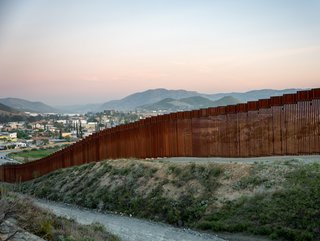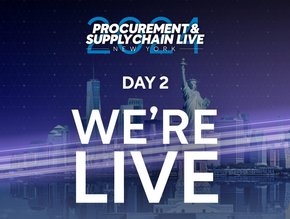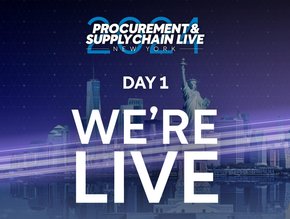Nearshoring US businesses 'face Mexico border bottlenecks'

The ever-growing raft of US businesses shifting the focus of their supply chains to Mexico will face serious bottlenecks without proper preparation, warns a major Latin American freight forwarder.
Recent reports from leading professional service organisations show that the supply chain landscape in the Americas is being reshaped by the nearshoring of manufacturing.
A McKinsey paper charts the seismic supply chain changes taking place in Latin America, while Kearney’s tenth Annual Reshoring Index shows how US reshoring is supply chain success story.
Álvaro Villar López is Country Manager of Nowports US and Mexico. Nowports is the largest digital freight forwarder in LatAm. In an interview with Supply Chain Digital, López says current estimates suggest the number of US companies bringing their supply chains closer to home tripled in 2023, with ever-more companies seeking to expand their supply chains into Mexican trade markets in particular.
Nowport advice to Mexico-nearshoring US firms
López says such businesses will face supply chain pinch points unless they first:
- Work with trusted local partners on the ground in Mexico to gain real-time insight into how best to navigate rapidly evolving transport infrastructure in the north of the country.
- Understand the distinct security needs of drivers frequenting roadways in the US-Mexico border region.
- Invest in smart freight tech to stay abreast of any potential supply chain disruptions and ensure end-to-end cargo integrity.
“These companies will discover there are unexpected barriers that make it hard for them to optimise the US-Mexico supply chain,” says López.
“For example, 80% of US companies moving operations to or through Mexico will go through Laredo, Texas. But the concentration of trade through that one location will cause serious bottlenecks.
Plus these companies could encounter security issues and poorly optimised routes, not to mention the travel and trade regulations they will have to contend with.”
US suppliers, says López, need to start preparing to optimise supply chains with Mexico now, and adds that one way to do this is by forming partnerships with companies in Mexico that already have a strong grasp of the trade and logistics landscapes.
“Companies can foster such relationships through industry associations, trade shows, personal networks, or by establishing a local liaison office for closer ties with local authorities and organisations,” López says.
US-Mexico border 'poses supply chain problems'
He adds that another way US suppliers can avert bottlenecks is by understanding the security requirements and dangers for drivers crossing the US-Mexico border.
“Things to look out for include cargo theft, freight tampering or contamination, and potential delays due to stringent border security checks,” he warns. “Suppliers that invest in GPS tracking for packages and digital tracking on all of their shipments will have a better view of where the bottlenecks occur and how to address them.”
He adds that a thorough understanding of the security landscape will also minimise safety risks to drivers, and ensure the smooth transit of goods across the border.
López continues: “I believe that investing in smart freight technology can help build a more resilient supply chain amid the nearshoring surge. “The smart logistics market is already worth an estimated $30 billion, and that value is set to grow sevenfold over in the next ten years, so it’s something suppliers need to consider as they expand to Mexico.”
Emrace IoT tech, nearshoring firms are urged
López advises nearshoring US firms to embrace technology such as IoT tracking cargo technology, for real-time visibility into the location and condition of shipments.
“This lets suppliers see, and quickly address, any discrepancies or delays,” he says. “AI can also help suppliers make use of information from smart-tracking systems, to analyse and optimise the supply chain as a whole in real-time.”
He adds: “In the end, US suppliers that make connections in the Mexican market early, and who integrate advanced technologies, will have the advantage as the nearshoring trend grows.
- EY: GenAI in supply chain 'hampered by roadblocks'Technology
- Supply Chain Challenges Prompt Biopharma Nearshoring MovesSupply Chain Risk Management
- Logistics Global News Roundup: Maersk, Lean Solutions GroupLogistics
- Nearshoring key supply chain risk strategy for Euro firmsSupply Chain Risk Management






